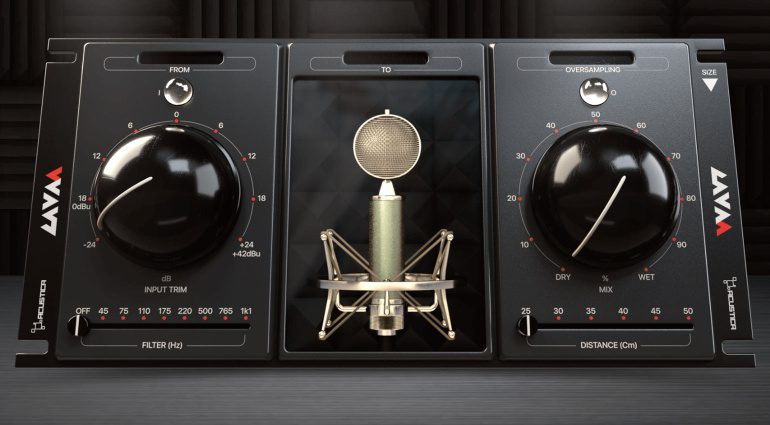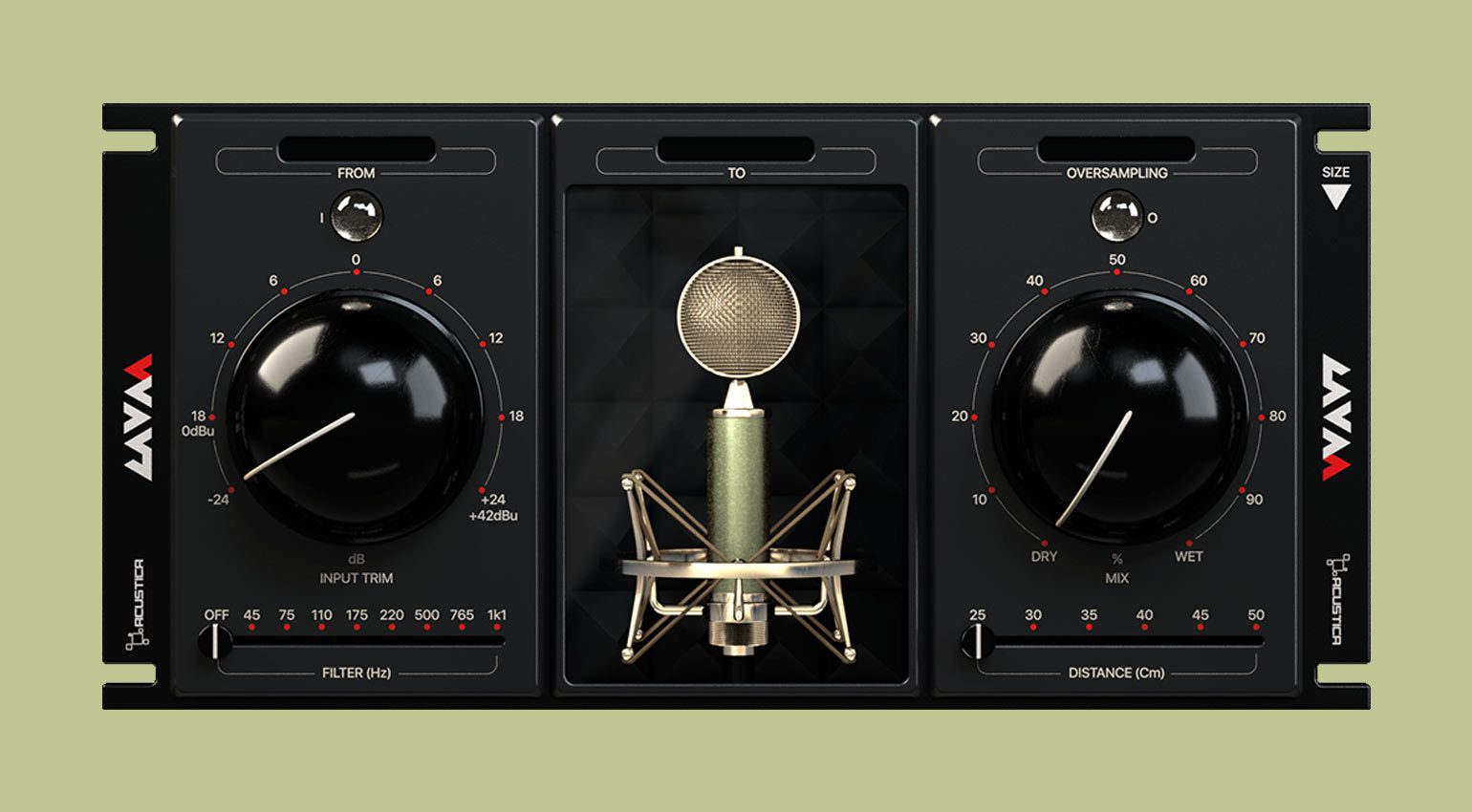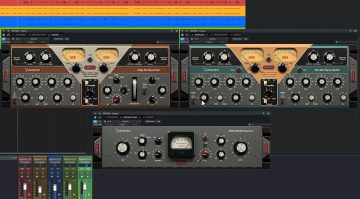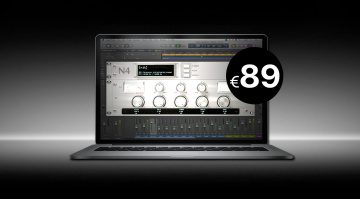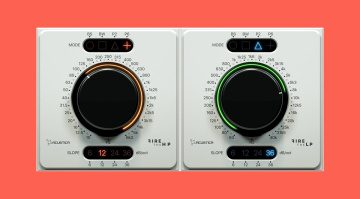Acustica Lava could be the microphone locker of your dreams
Acustica Audio enters the world of microphone emulation with the new Lava plugin. The developer claims that Lava is nothing short of a “microphone revolution” and that it can “make a $100 microphone sound like a $9000 one”. Those are some big words – let’s see what sets Lava apart from other mic modelers.
Acustica Lava
The idea sounds almost too good to be true. Instead of spending thousands of dollars on a large collection of high-quality microphones, simply hook up your trusted SM58, press a couple of buttons in the new Acustica Lava plug-in, and there you go – the sound of every expensive mic you’ve ever dreamed of is at your fingertips. That’s precisely what Acustica promises. In addition to the microphone’s frequency response and harmonic content, Lava also emulates the proximity effect, which means that the virtual mic should feel and behave precisely like the original. If this works as well as Acustica claims, I think the term “revolution” isn’t even an exaggeration.
Unlike most other microphone modeling systems such as Townsend Labs Sphere, Slate Digital’s Virtual Microphone System, Antelope’s Edge system, or the various UAD mic collections by Universal Audio, Lava doesn’t rely on any specific source microphone and you don’t need to buy a special mic to use it. Instead, it works similarly to plug-ins like IK Multimedia Mic Room or Antares Mic Mod EFX, which include profiles for many common source microphones.
100 source microphones
On the source side, Lava offers profiles for no less than 100 different mics, so there’s a good chance that you can use any mic from your locker. Studio staples like the AKG C414, Neumann U87, Sennheiser MD421, and Shure SM57/58 are of course included, as are many less common mics. The list of source mics even includes some budget options by manufacturers such as Behringer or the t.bone, which is great if you need to record on the cheap, but still want that expensive sound.
Once you’ve hooked up your source mic and selected the appropriate profile, you can then pick your desired target microphone on the destination side. At the time of this writing, there’s a choice of 41 destination mics, among which are many revered classics by Neumann, Brauner, AKG, Sennheiser, Telefunken, and many others. According to Acustica, the combined value of the included microphones is over $170,000.
The rest is simple: In addition to large input trim and mix knobs, Lava offers a high pass filter, a slider for the simulated distance, and an oversampling button. Like all Acustica plugins, it comes in a standard version and a zero-latency version for use during tracking, which is of course very handy for a microphone emulation.
Price and compatibility
Acustica Audio Lava is now available for an introductory price of €129. This offer is good through October 11, 2022, after which the price will increase to €209.
The plugin runs on macOS 10.14 or higher (including native support for Apple Silicon processors) and Windows 10 or higher. It’s available in VST, VST3, AU, and AAX formats.
More information about Acustica Lava
Videos
You are currently viewing a placeholder content from YouTube. To access the actual content, click the button below. Please note that doing so will share data with third-party providers.
You are currently viewing a placeholder content from YouTube. To access the actual content, click the button below. Please note that doing so will share data with third-party providers.

 4,1 / 5,0 |
4,1 / 5,0 | 